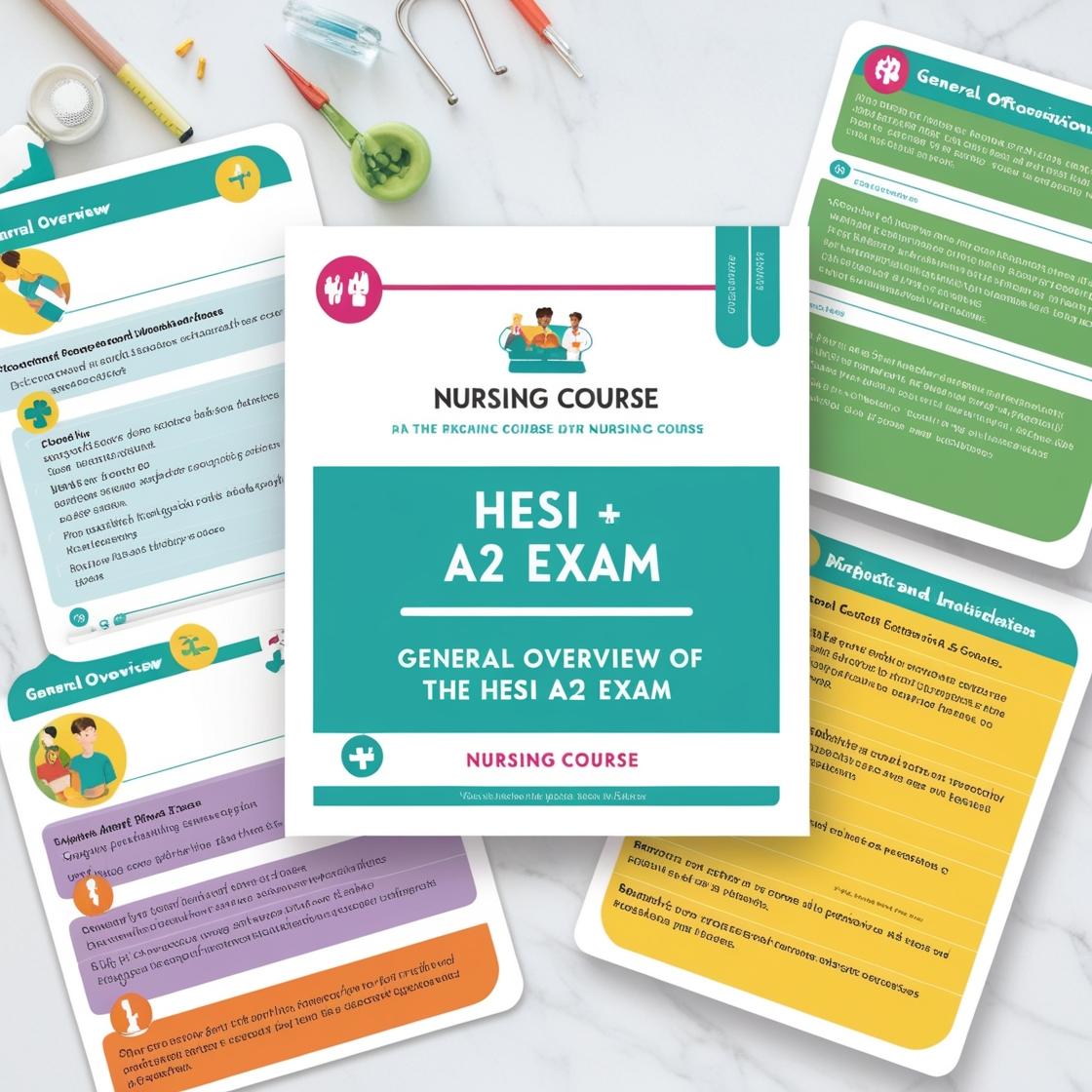HESI A2
HESI A2 Math
1. Which number is the highest among 0.077, 0.777, 0.08, and 0.87?
- A. 0.077
- B. 0.777
- C. 0.08
- D. 0.87
Correct answer: D
Rationale: To determine the highest number among 0.077, 0.777, 0.08, and 0.87, we compare the numbers. 0.87 is greater than 0.777, 0.08, and 0.077, making it the highest number. Choice A (0.077), Choice B (0.777), and Choice C (0.08) are lower numbers compared to 0.87, so they are incorrect.
2. In a bowling team consisting of 34 members, with 18 being male, if 4 females leave the team, what percent of the remaining members are male?
- A. 50%
- B. 60%
- C. 70%
- D. 55%
Correct answer: B
Rationale: After 4 females leave the team, there are 30 members remaining. Out of these, 18 are male. To find the percentage of male members, divide the number of male members (18) by the total number of remaining members (30) and multiply by 100. Percentage of male members = (18/30) * 100 = 60%. Therefore, 60% of the remaining members are male. Choices A, C, and D are incorrect as they do not reflect the accurate calculation based on the information provided in the question.
3. A water fountain has a spherical base with a diameter of 50cm and a cylindrical body with a diameter of 30cm and a height of 80cm. What is the total surface area of the fountain (excluding the water surface)?
- A. 3142 sq cm
- B. 4712 sq cm
- C. 5486 sq cm
- D. 7957 sq cm
Correct answer: C
Rationale: To find the total surface area of the fountain, we first calculate the surface area of the sphere and the cylinder separately. For the sphere: - Radius = Diameter / 2 = 50 / 2 = 25 cm - Surface area of a sphere = 4πr² = 4 x π x 25² = 500π cm² For the cylinder: - Radius = Diameter / 2 = 30 / 2 = 15 cm - Surface area of a cylinder = 2πrh + 2πr² = 2 x π x 15 x 80 + 2 x π x 15² = 240π + 450π = 690π cm² Total surface area = Surface area of sphere + Surface area of cylinder = 500π + 690π = 1190π cm² ≈ 5486 sq cm. Therefore, the correct answer is C. Choice A (3142 sq cm) is incorrect as it is much smaller than the correct answer. Choices B and D are also incorrect as they do not reflect the accurate calculation of the total surface area of the fountain.
4. What is the greatest common factor (GCF) of 12 and 18?
- A. 2
- B. 3
- C. 6
- D. 9
Correct answer: C
Rationale: The greatest common factor (GCF) of two numbers is the largest number that divides both numbers without leaving a remainder. To find the GCF of 12 and 18, we factorize each number: 12 = 2 x 2 x 3 and 18 = 2 x 3 x 3. The common factors are 2 and 3. The GCF is the product of these common factors, which is 6. Therefore, 6 is the greatest common factor of 12 and 18. Choice A (2) and Choice B (3) are factors of both numbers but not the greatest common factor. Choice D (9) is not a factor of both 12 and 18, making it incorrect.
5. A medication must be taken twice daily, 12 hours apart. If the first dose is at 8:00 AM, what is the most convenient time for the second dose to avoid disrupting sleep?
- A. 4:00 PM
- B. 6:00 PM
- C. 8:00 PM
- D. 10:00 PM
Correct answer: B
Rationale: To take the medication 12 hours apart from the first dose at 8:00 AM, the second dose should be taken at 8:00 PM. However, to avoid disrupting sleep, it is recommended to take the second dose a bit earlier. Taking the second dose at 6:00 PM ensures that the medication is still being taken 12 hours apart while allowing for a buffer before bedtime to avoid any potential disruptions to sleep. Choice A (4:00 PM) is too early, not maintaining the 12-hour interval. Choice C (8:00 PM) aligns with the 12-hour interval but might be too close to bedtime, potentially causing sleep disruptions. Choice D (10:00 PM) is too late and exceeds the 12-hour interval.
Similar Questions

Access More Features
HESI A2 Basic
$89/ 30 days
- 3,000 Questions with answers
- 30 days access @ $89
HESI A2 Premium
$129.99/ 90 days
- Actual HESI A 2 Questions
- 3,000 questions with answers
- 90 days access @ $129.99
